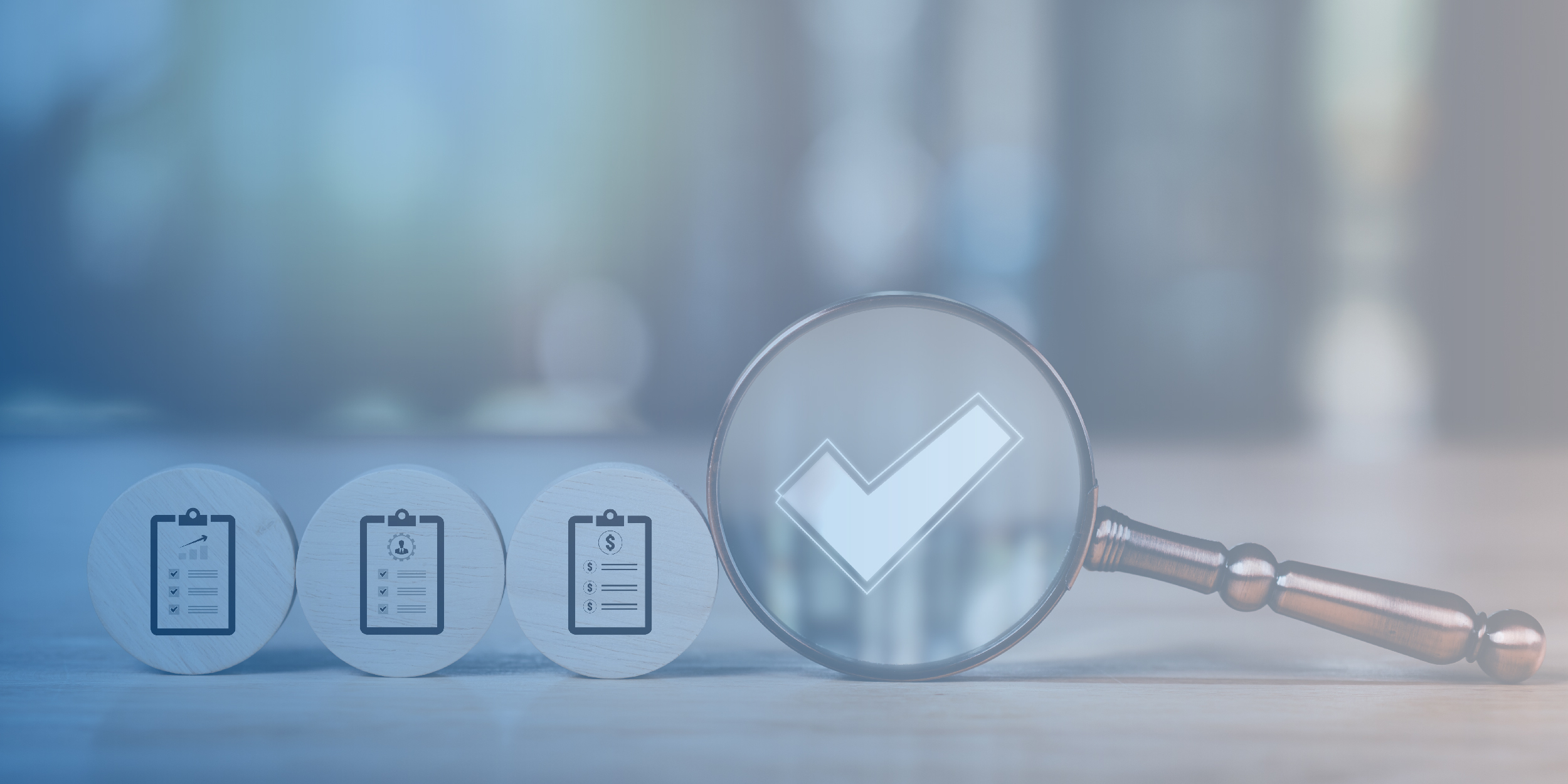Hello!
 In today’s digital landscape, compliance is a cornerstone of ethical business practices, safeguarding data security, and fostering customer trust. As organizations navigate a web of regulations and standards, IT asset management (ITAM) software emerges as a vital tool to streamline compliance efforts. By effectively managing hardware, software, and data, ITAM software ensures businesses meet regulatory requirements while minimizing risks. Whether you’re a small startup or a global enterprise, leveraging ITAM software is essential for maintaining compliance in 2025.
In today’s digital landscape, compliance is a cornerstone of ethical business practices, safeguarding data security, and fostering customer trust. As organizations navigate a web of regulations and standards, IT asset management (ITAM) software emerges as a vital tool to streamline compliance efforts. By effectively managing hardware, software, and data, ITAM software ensures businesses meet regulatory requirements while minimizing risks. Whether you’re a small startup or a global enterprise, leveraging ITAM software is essential for maintaining compliance in 2025.
This article explores the challenges of IT asset management compliance, the role of ITAM software, and best practices for implementation, along with emerging trends shaping the future.
Understanding Compliance and Its Challenges
Compliance involves adhering to industry-specific regulations, guidelines, and standards to ensure legal, ethical, and operational integrity. From GDPR in data protection to ISO standards in IT management, different sectors face unique frameworks.
 However, managing IT assets for compliance presents significant challenges:
However, managing IT assets for compliance presents significant challenges:
- Complex Regulations: Organizations must navigate multiple, evolving requirements.
- Asset Tracking: Monitoring numerous assets across locations is daunting.
- Non-Compliance Risks: Violations can lead to hefty fines, reputational damage, and legal consequences.
ITAM software addresses these challenges by providing a centralized, automated solution for tracking, reporting, and risk management, ensuring businesses stay compliant with minimal effort.
How ITAM Software Streamlines Compliance
 ITAM software empowers organizations to manage IT assets efficiently, offering features that enhance compliance across various dimensions.
ITAM software empowers organizations to manage IT assets efficiently, offering features that enhance compliance across various dimensions.
1. Streamlined IT Asset Tracking for Data Security and Privacy
Data security is paramount in compliance, especially with regulations like GDPR and CCPA. ITAM software incorporates robust security measures—encryption, access controls, and data masking—to protect sensitive information. By tracking asset location, status, and usage in real time, it ensures compliance with data protection laws and mitigates breach risks. Automated tracking reduces manual errors, providing accurate data for audits and enhancing overall privacy.
2. Centralized Documentation and Reporting
 Compliance demands meticulous documentation. ITAM software creates a centralized repository for licenses, certificates, and policies, simplifying audit preparation. It generates comprehensive reports that align with regulatory requirements, offering transparency and accountability. This centralized approach eliminates scattered records, ensuring organizations can quickly provide evidence of compliance.
Compliance demands meticulous documentation. ITAM software creates a centralized repository for licenses, certificates, and policies, simplifying audit preparation. It generates comprehensive reports that align with regulatory requirements, offering transparency and accountability. This centralized approach eliminates scattered records, ensuring organizations can quickly provide evidence of compliance.
3. Risk Assessment and Mitigation
ITAM software proactively identifies compliance risks through software analysis, vulnerability scanning, and continuous monitoring. By detecting issues like outdated software or unauthorized access, it enables organizations to address vulnerabilities before they escalate. This proactive approach ensures adherence to industry standards and minimizes non-compliance risks.
4. Software License and Compliance Management
Unlicensed or non-compliant software can result in costly penalties. ITAM software tracks software licenses, ensuring alignment with vendor agreements. It monitors usage, flags unauthorized installations, and prevents overuse, reducing legal and financial risks. This streamlined license management ensures compliance while optimizing software investments.
5. Change Management for Compliance
Changes to IT assets—such as updates or reconfigurations—can disrupt compliance if not managed properly. ITAM software integrates change control processes, tracking modifications and ensuring they align with regulatory requirements. This minimizes the risk of non-compliance during system updates or migrations, maintaining operational integrity.
6. Vendor Management for Compliant Relationships
Maintaining compliant vendor relationships is critical. ITAM software offers tools for vendor assessment, performance tracking, and compliance monitoring, ensuring third-party partners meet regulatory standards. This helps organizations select reliable vendors and maintain compliance across their supply chain.
Benefits of ITAM Software for Compliance
 Implementing ITAM software delivers tangible benefits that enhance compliance and business operations:
Implementing ITAM software delivers tangible benefits that enhance compliance and business operations:
- Cost Savings: Optimizes asset usage, reduces redundancies, and minimizes compliance penalties, boosting ROI.
- Business Continuity: Supports disaster recovery by identifying and restoring critical assets, ensuring compliance during crises.
- Industry-Specific Compliance: Provides tools for tracking and reporting to meet sector-specific regulations, such as HIPAA for healthcare or PCI DSS for payments.
- Efficiency: Automates manual processes, freeing up resources for strategic initiatives.
By aligning IT assets with compliance requirements, ITAM software enhances operational efficiency and protects against financial and reputational risks.
Best Practices for Implementing ITAM Software
 To maximize the benefits of ITAM software, follow these best practices:
To maximize the benefits of ITAM software, follow these best practices:
- Assess Compliance Needs: Identify your organization’s regulatory requirements and goals.
- Create a Roadmap: Define a clear implementation timeline and strategy.
- Engage Stakeholders: Involve IT, legal, and compliance teams for collaboration and buy-in.
- Conduct an Inventory: Catalog existing IT assets to establish a baseline.
- Customize the Software: Tailor ITAM tools to your specific compliance needs.
- Establish Security Protocols: Implement robust data management and protection measures.
- Train Employees: Educate staff on software usage and compliance policies.
- Regularly Update Software: Stay current with regulatory changes and software updates.
- Monitor Performance: Continuously evaluate the software’s effectiveness through audits and metrics.
- Foster a Compliance Culture: Promote accountability and awareness across the organization.
These steps ensure smooth implementation and sustained compliance.
Future Trends in ITAM and Compliance Management
The compliance landscape is evolving, and ITAM software is adapting with cutting-edge innovations:
- AI and Machine Learning: Automate compliance monitoring and predictive risk analysis for proactive mitigation.
- Blockchain: Enhance data security, transparency, and traceability in asset tracking.
- Cloud-Based Solutions: Offer scalability, remote access, and real-time updates for dynamic compliance needs.
- IoT Integration: Enable tracking of physical assets for comprehensive asset management.
- Advanced Analytics: Provide predictive insights to anticipate compliance challenges.
By embracing these trends, organizations can stay ahead of regulatory changes and optimize compliance efforts.
Also read:
- Spotify's Long-Awaited Lossless Audio Finally Drops: A Premium Perk, But Not Quite Hi-Res Glory
- Elon Musk at All-In Summit: Key Takeaways from a 44-Minute Vision of the Future
- Sakana AI Expands into Finance: Japanese Startup Hires Technical Program Manager for Enterprise AI Integration
Conclusion: Unlocking Compliance Excellence with ITAM Software
In the digital era, IT asset management software is a game-changer for ensuring compliance. By streamlining asset tracking, enhancing data security, centralizing documentation, and mitigating risks, ITAM software empowers organizations to navigate complex regulatory landscapes with ease. Its ability to save costs, support business continuity, and meet industry-specific requirements makes it indispensable.
By adopting best practices and staying attuned to emerging trends like AI and blockchain, businesses can leverage ITAM software to achieve compliance excellence, build trust, and secure a competitive edge in 2025. Start implementing ITAM software today to unlock a more secure, compliant, and efficient future for your organization.
Thank you!
Join us on social media!
See you!






